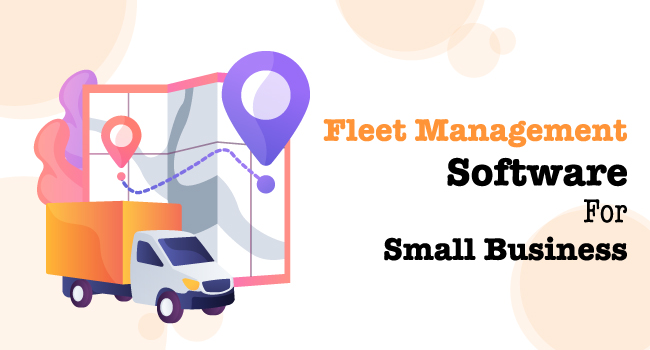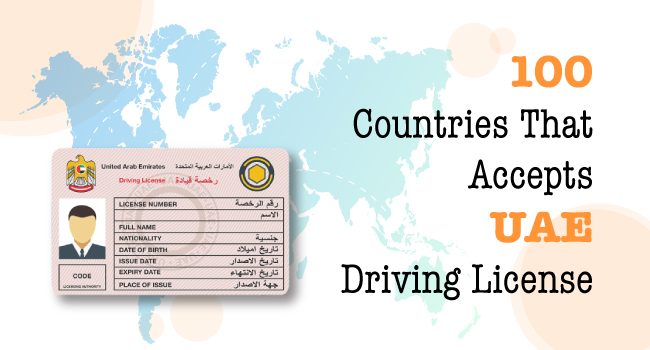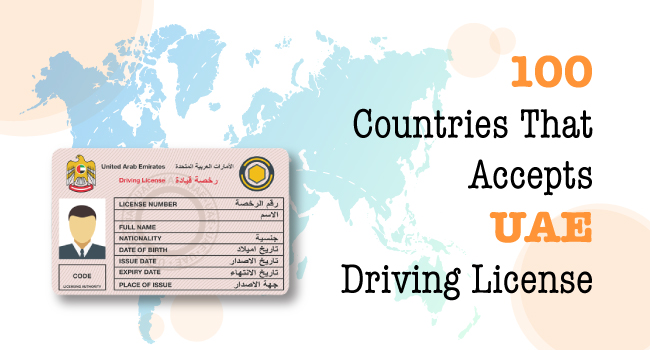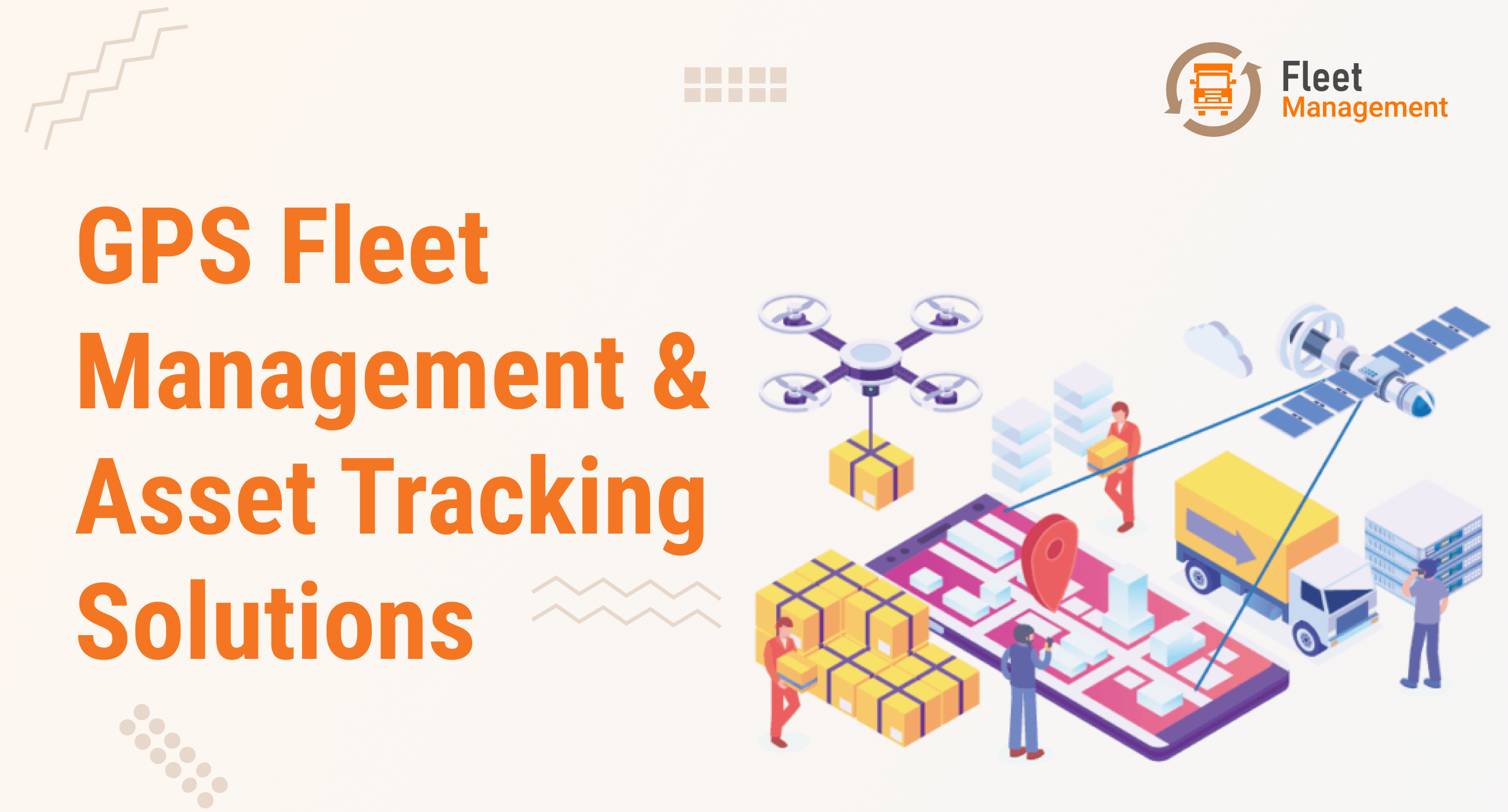Our Blogs
 Fleet Management()
Fleet Management() Car Rental Software()
Car Rental Software() Fleet Drivers()
Fleet Drivers() Infographics(0)
Infographics(0) News(0)
News(0)
Service We Offer
Follow Us
Driver Safety Scorecard: Steps to Assess and Improve Your Fleet Operations
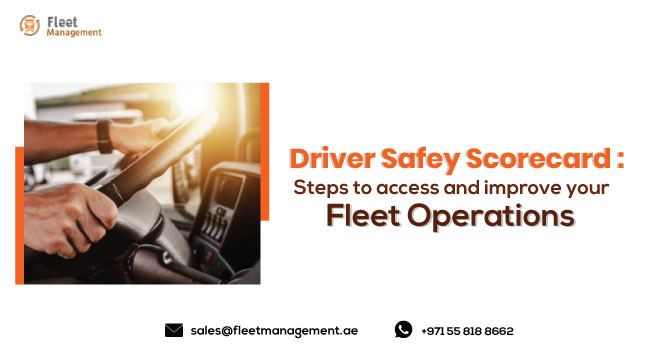
Maintaining and managing a fleet is no easy task. As a fleet manager, you are responsible for the safety of the drivers and the shipment. You should also keep an eye on the operating costs. At the same time, you need to ensure that the processes meet the compliance requirements.
A fleet management system can help you track and monitor the entire process, from pickup to delivery. You can use this software application to optimize your performance and reduce unnecessary expenses. Even if you work out many solutions to reduce the operational costs and enhance the performance, you will not get reliable results, if drivers don’t drive safely.
Unsafe driving costs not just in terms of money, but also in terms of time and effort. It can also result in non-compliance, which can be an even bigger problem. Did you know that in the United States, employers collectively spend more than $60 million because of vehicle crashes?
If you don’t want your company to make such unnecessary expenses, you need to focus on safe driving. Also, following safe driving practices can help improve your fleet operations.
How Much Will Unsafe Driving Cost You?
The direct costs of unsafe driving include medical expenses, cost of the shipment, and the cost to repair vehicle damage. Apart from this, you may also need to send another backup vehicle to transport the rescued shipment. The employer will also need to spend on worker’s compensation, social security, and disability insurance if required.

Apart from the direct costs, the company will also have other expenses. Rescheduling the shipment and making other arrangements can be very costly. More so, if you have an agreement regarding the timeline of the shipment.
Losing one vehicle in the fleet means that the schedule for the other vehicles needs to rearranged based on the shipment priorities. A new driver needs to be appointed or other drivers may have to work overtime, both of which become additional expenses for the company. A new driver may also not be able to start work immediately as he needs to undergo training.
The other costs that the company may incur include administrative costs such as documentation, reporting, insurance management, and such as well as accident investigation costs. The fleet manager and the supervisor will need to work overtime dealing with the accident and its outcomes.
So, unsafe driving can lead to many other related problems, which can eat into your company’s earnings. Plus, it could also cause bad publicity leading to negative branding. No matter how you look at it, a small vehicle accident due to unsafe driving can lead to a lot of issues not just in fleet management, but also for the entire company.
Driver Safety Scorecard helps fleet managers and company owners get detailed insights about every driver’s driving practices. If you have a telematics system to monitor and manage your fleet, then you can easily build a Driver’s scorecard based on the data obtained from the system.
What Factors are Evaluated in a Driver’s Scorecard?
A driver’s scorecard needs to focus on four major factors – aggressive driving, speeding, distracted driving, and seatbelt usage. Aggressive driving and distracted driving may overlap during certain times. If the driver had been distracted due to some reason, he may then start driving aggressively to make up for the lost time.

Actions such as rude behaviour, frequent braking, passing in the shoulder lane, and erratic speeding may be constructed as aggressive driving. If the driver is not focusing on the road and veering into other lanes or doesn’t stop for traffic lights, it can be marked as distracted driving. Sometimes, the driver may not concentrate and ram into the vehicle in the front or slow down suddenly that the vehicle at the back hits this vehicle.
Turning off without switching on the indicators can be because of distracted as well as aggressive driving.
It is mandatory for drivers to wear a seat belt while driving. Most vehicles have a system that will automatically sound an alarm if the driver is not wearing a seat belt. Advanced telematics systems will also monitor seatbelt usage and send notifications if the driver is not wearing the seatbelt while driving.
One of the major causes of roadway accidents is over speeding. You can customise the telematics system by including the maximum speed limit of the vehicle. When the vehicle travels faster than the set speed limit, the concerned supervisors will be immediately notified. Another method is to fix speed limiters in the vehicle so that it will not be able to go faster than the stipulated speed limit.
All the factors are assigned points, which are then calculated to get a score for the driver’s performance. In some cases, points are assigned differently for driving before 6 in the morning or after 9 in the evening. As the points pile up against the driver, the fleet manager needs to take preventive action.
How Does the Driver Safety Scorecard Help Improve Fleet Operations?
The Driver Safety Scorecard gives you a clear picture of the performance of the drivers in your fleet.
Identify safe and risky drivers
This scorecard gives you accurate information about the way in which the drivers are driving. Based on data such as speeding, braking, collisions, seat belt usage, and other parameters, you can quantify a driver’s performance. Also, you will have accurate data when you’re preparing a report on the driver’s performance.

You can have training programs for risky drivers. For distracted drivers, you can have an intervention program to identify the cause of the distraction and do the needful. By doing this, you may be able to convert risky drivers to safe drivers.
Reduce Possible Traffic Violations
The driver’s scorecard will let you know which drivers are more prone to traffic violations. You can intensively monitor those drivers to prevent possible traffic violations.
Reduce Possible Accidents
Another benefit of using the driver scorecard is that it could help reduce possible accidents. Analyse the track record of the driver to identify possible reasons the accidents could have occurred. If the accident was because of aggressive driving, a warning could be given or precautionary action can be taken.
In case the accident was due to over speeding, then speed limiters can be installed in the vehicles that the driver uses. On the other hand, if the accidents were due to distracted driving, then the fleet manager can talk to the driver to understand the reason for distracted driving and do the needful.
Lower Maintenance Costs

Safe driving reduces the stress on the vehicle, which in turn eases vehicle maintenance. Aggressive driving and long idling time increase the vehicle’s fuel consumption. The scorecard helps fleet managers identify such parameters and do the needful. The telematics system enables fuel optimisation and notifies you when it is time for regular service. All of this will help lower maintenance costs.
Improve Insurance Rates
Many insurance agencies offer up to 25% reduction in associated fees when companies use a telematics system for fleet management. This is because insurance companies have found that there is a nearly 45% reduction in accidents when a telematics system is used. A telematics system plus a driver’s scorecard helps reduce possible traffic violations and accidents and increases fleet safety.
Conclusion
Driver safety is a very important part of fleet management. Ensuring the safety of the driver on the road, in turn, ensures the safety of the vehicle and the shipment. When drivers drive safely, possible accidents and violations are prevented.
Not only do shipments reach the destinations on time, but the business also grows. Therefore, it is very important that fleet managers focus on the driver’s safety. The accurate data obtained from a telematics system can help prepare a driver safety scorecard.
The benefits of using a fleet management system are many. You can ensure your driver’s safety and also enhance the performance of your fleet. Contact us to know more about how our fleet management system can benefit your business.

